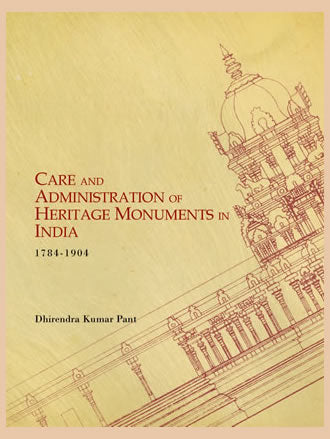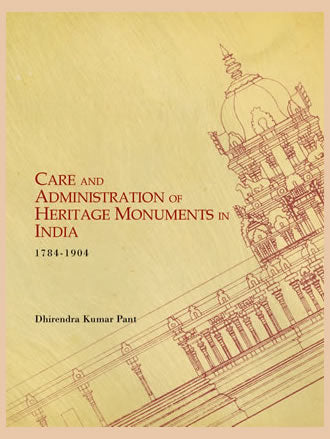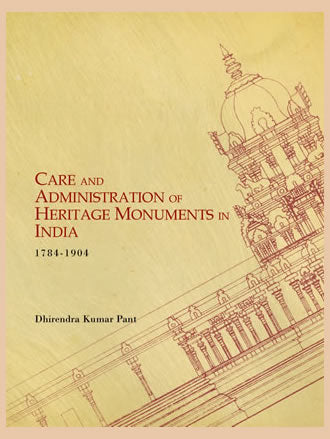CARE AND ADMINISTRATION OF HERITAGE MONUMENTS IN INDIA (1784-1904)
CARE AND ADMINISTRATION OF HERITAGE MONUMENTS IN INDIA (1784-1904) is backordered and will ship as soon as it is back in stock.
Couldn't load pickup availability
Genuine Products Guarantee
Genuine Products Guarantee
We guarantee 100% genuine products, and if proven otherwise, we will compensate you with 10 times the product's cost.
Delivery and Shipping
Delivery and Shipping
Products are generally ready for dispatch within 1 day and typically reach you in 3 to 5 days.
- Pages: xvi + 404
- Format: HB
- ISBN: 9788173054204
- Edition: 1st
- Publisher: ARYAN BOOKS INTERNATIONAL
- Size: 22 cm × 28 cm
-
Product Year: 2012
The British efforts to safeguard the monumental heritage is indeed remarkable. The central administration of the Company?s Government and subsequently, that of Crown took keen interest in the care of monuments besides implementation of programmes for safeguarding the edifices of our rich cultural past. The present study chronicles the administrative policy of English East India Company and the British Crown towards the neglect of monuments and pursuance of their concerted efforts in shaping a definitive policy for arresting their further decay. The volume is a pioneering attempt to document the development and shaping of a definitive policy towards care of monuments in India which was considered an important aspect of governance. The study, based primarily on the records of National Archives of India, reveals how the sense of care of heritage developed, that included governmental participation, development and control of the care of monuments and its various enactments. Besides, the records throw considerable light on the deliberations of the central legislature for enacting the legislations. The book has dealt with the subject with considerable objectivity and has brought out the development of care of heritage in a lucid way based on records. The study stands out as a pioneering contribution. Written lucidly, this volume is valuable for students, scholars and heritage managers.





